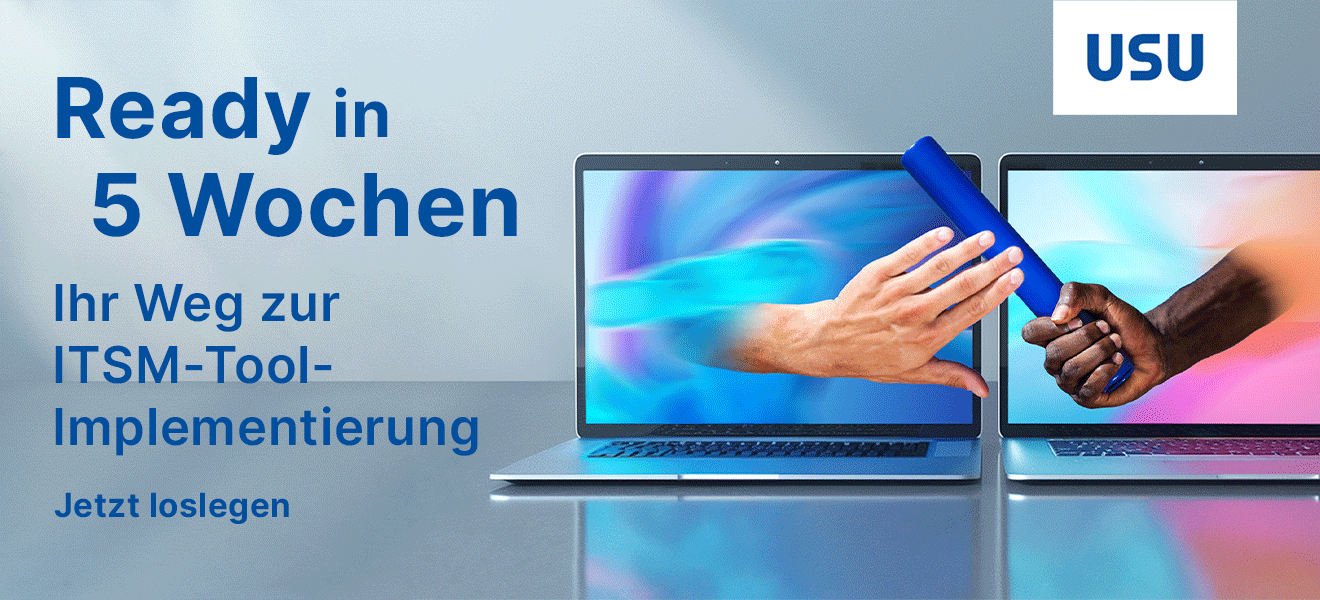 Der Markt für Security-Software verändert sich dramatisch. Das IT-Research- und Beratungsunternehmen Gartner hat die vier treibenden Kräfte hinter der Umwälzung identifiziert:
Der Markt für Security-Software verändert sich dramatisch. Das IT-Research- und Beratungsunternehmen Gartner hat die vier treibenden Kräfte hinter der Umwälzung identifiziert:
die zunehmende Nutzung von Advanced Analytics,
deutlich größere IT-Ökosysteme,
die wachsende Akzeptanz von Software as a Service (SaaS) und
die Aussicht auf strengere Regulierung und drohende Strafen.
Diese Faktoren bringen Unternehmen dazu, neu über ihren Bedarf an Sicherheits- und Risikomanagement-Software nachzudenken. Zusätzliche Analysen dazu stellt Gartner bei seinen weltweit stattfindenden Security and Risk Management Summits 2017 bereit.
»Der Security-Markt geht durch eine Phase der Disruption. Grund ist der schnelle Übergang zu Cloud-basierten digitalen Geschäftsmodellen und Technologien. Dadurch ändert sich der Beitrag der Risiko- und Sicherheits-Funktionen zur Wertschöpfung innerhalb einer Organisation«, sagte Deborah Kish, Principal Research Analyst bei Gartner. »Zugleich schaffen die Bedrohungsszenarien und die steigende Zahl der schwerwiegenden Security-Vorfälle Nachfrage für effektivere Sicherheits-Technologien und Innovationen.«
Gartner Says Four Vectors Are Transforming the Security Software Market
Analysts to Discuss Latest Security Market Trends at Gartner’s 2017 Security and Risk Management Summits
The security software market is undergoing a dramatic transformation due to four key developments, according to Gartner, Inc. The use of advanced analytics, expanded ecosystems, adoption of software as a service (SaaS) and managed services, and the prospect of punitive regulations are causing enterprises to rethink their security and risk management software requirements and investments.
»The overall security market is undergoing a period of disruption due to the rapid transition to cloud-based digital business and technology models that are changing how risk and security functions deliver value in an organisation,« said Deborah Kish, principal research analyst at Gartner. »At the same time, the threat landscape and rise in the number of high-impact security incidents are also creating demand for security technologies and innovations that deliver greater effectiveness.«
Four vectors are transforming the security software market:
- By 2020, Advanced Security Analytics Will Be Embedded in at Least 75 Per Cent of Security Products
Enterprises are increasingly seeking products that incorporate »smarter« predictive and prescriptive analytic technologies, which help warn users of potenzial security incidents and provide guidance on optimal responses. These more-advanced analytical capabilities are driven by a variety of underlying technologies, such as heuristics, artificial intelligence/machine learning and other techniques. Successful vendors will work with customers and prospects to understand use cases where analytics will deliver significant value and augment limited security staff and resources.
- Acquiring and Integrating Products and Technologies Will Be a Critical Strategy to Increase Market Share and Enter New Markets
Given the preponderance of startups and smaller vendors pursuing innovative approaches to security problems, acquisition, integration and consolidation are highly effective strategies to increase market share and enter completely new markets. In many cases, mature vendors in search of continued growth are acquiring faster-growing companies from emerging adjacent markets. In other cases, vendors are optimising profits by consolidating similar products under a single brand, therefore leveraging economies of scale by combining core functions, such as development, support, sales and marketing.
- End Users‘ Quest for Flexibility Will Increase Adoption of SaaS
Security buyers are making security product investment decisions that support digital business, fit their current challenges and deliver performance value. Gartner’s recent end-user security spending survey indicates that, in order to do this, they have a preference for products in an as-a-service format. SaaS for security and risk management is becoming critical as customers transition to digital business practices. However, providers must consider the financial implications of maintaining support for legacy security products while investing in an as-a-service product or managed service.
- The Regulatory Environment Will Create Opportunities for Security Software Providers
The EU General Data Protection Regulation will come into effect on 25th May, 2018 and could see organisations facing heavy fines should they receive a single complaint for mishandling private data. Punitive regulations will create board-level fears, driving security software budget decisions based on the potenzial financial impact of fines and noncompliance. Consequently, organisations will look to providers with products that provide the needed visibility and control of their data. Providers should identify the key regulatory requirements and constraints in target geographies by working with legal counsel to deliver product and service choices that will alleviate board-level fears.
Gartner clients can learn more in the report: »Market Opportunity Map: Security and Risk Management Software, Worldwide.«
Gartner Security and Risk Management Summit 2017
Gartner analysts will provide additional analysis on IT security trends at the Gartner Security & Risk Management Summits 2017 taking place in National Harbor, Maryland, Tokyo, Mumbai, India, Sao Paulo, Sydney, London and Dubai. Follow news and updates from the events on Twitter at #GartnerSEC.
Hier folgt eine Auswahl an Fachbeiträgen, Studien, Stories und Statistiken die zu diesem Thema passen. Geben Sie in der »Artikelsuche…« rechts oben Ihre Suchbegriffe ein und lassen sich überraschen, welche weiteren Treffer Sie auf unserer Webseite finden.
IT-Sicherheitstrends 2017: Expertenmangel bremst die Initiativen der Unternehmen
IT-Sicherheitstrends 2017: Auf diese Bedrohungen müssen sich Unternehmen einstellen
IT-Sicherheitstrends 2017: Datenschutz ist für die Wirtschaft am wichtigsten
